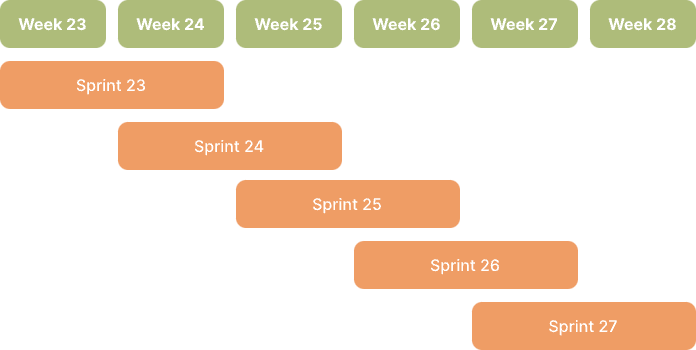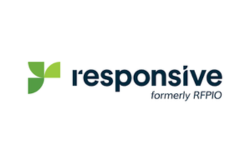
Through gathering client feedback, we learned that clients needed more support from us in order to meet feedback deadlines.
It’s often the case that we’re asking clients to review and approve a lot of work. This could potentially be happening at several points throughout the week which could often be disruptive to the client’s own workload and priorities. Not only this, but some work needs approval from senior internal stakeholders with limited availability, which often caused delays in sign-off.
We needed a way to be more consistent with clients, both for their benefit and for the benefit of our team. We wanted to give them a clearer way to see when their input is needed, and when the input of senior stakeholders would be required, in order to plan this in advance.
Parallel to this, we were hearing feedback from our team that they were more productive and produced better work when they were able to work on the same client, or the same kind of tasks at the same time.
Each team member would work on their own set of deliverables, largely independent of the rest of the team.
In order to leverage this feedback, we needed to find a way for the team to be working to a common goal each week, so they had awareness of what others’ priorities were and could support each other.
Since Rachel came on board as project manager, we have been discussing ways to refine and improve our delivery process. This is a particular area of focus for retainers, where we have a monthly budget to utilise. Since unused budget rolls over, we need to make sure we are keeping pace with the monthly budget and delivering outcomes regularly.
A new way of working
This all came to fruition in April this year, where we adopted a completely new way of delivering retainer work for one specific client as a trial.
We adopted a sprint-based way of scheduling and delivering work. The schedule is broken down into 2-week sprints, which encapsulate a concerted effort on a deliverable across both Huddle and a client. Some outcomes require just one sprint, others require multiple sprints.
Each sprint, clients received a batch of work to review, always on the same day, repeating fortnightly. They can clearly see in a timeline which work we will be undertaking and when they will be required to feed back, well in advance.
This allows clients to set aside time to give feedback on a regular basis, meaning they are empowered to meet deadlines. It also means time can be booked with senior stakeholders well in advance, with the confidence that work will be ready to review with them.

This went so well that we migrated more clients into this new way of working, until all clients had adopted this process in July 2023.
We briefed clients fully on the change, with a short slide deck visualising how the process would work.
Having a repeatable fortnightly sprint plan means clients receive consistency and predictability while keeping the management of this lean and reactive for Huddle.
It also means internally we are working to a common goal each week, which has brought us closer together and made us stronger as a team.
We have now been working in this way for 6 months and our on-time delivery metrics have improved by +48% across all clients.









